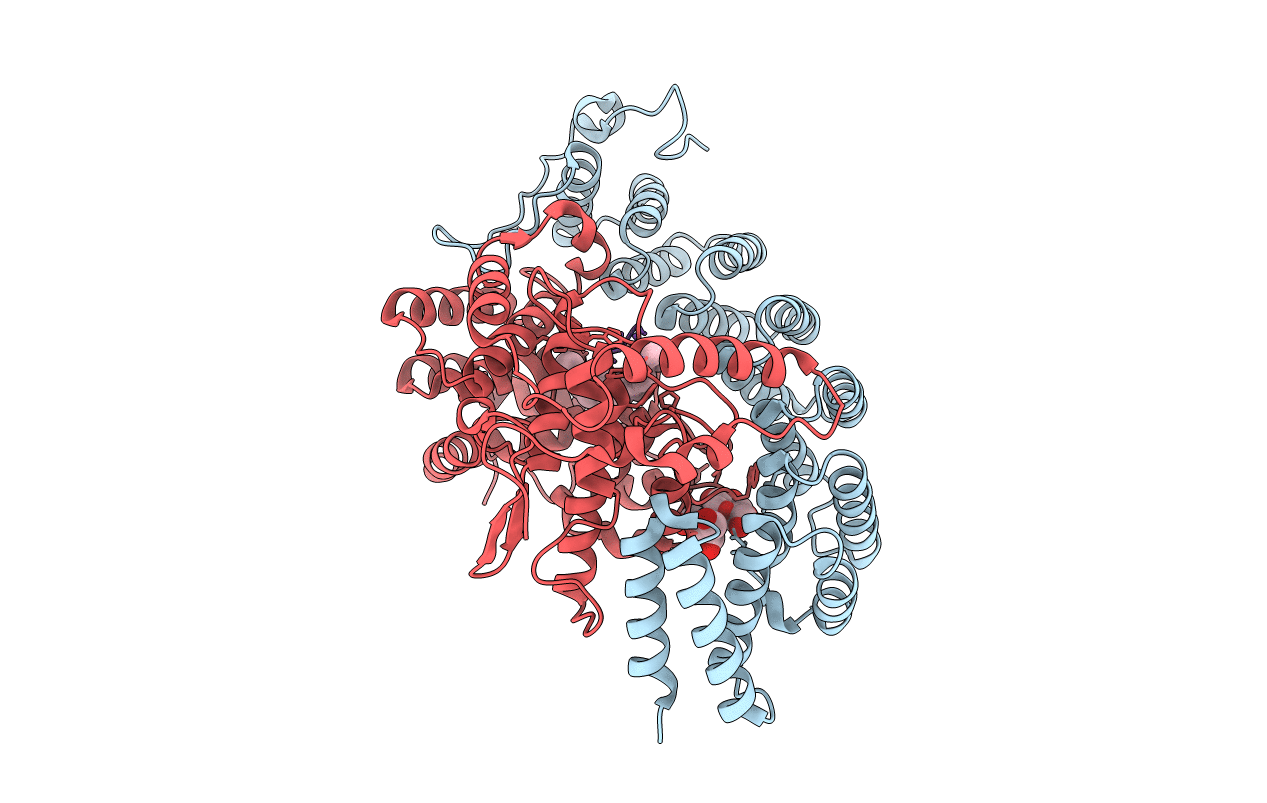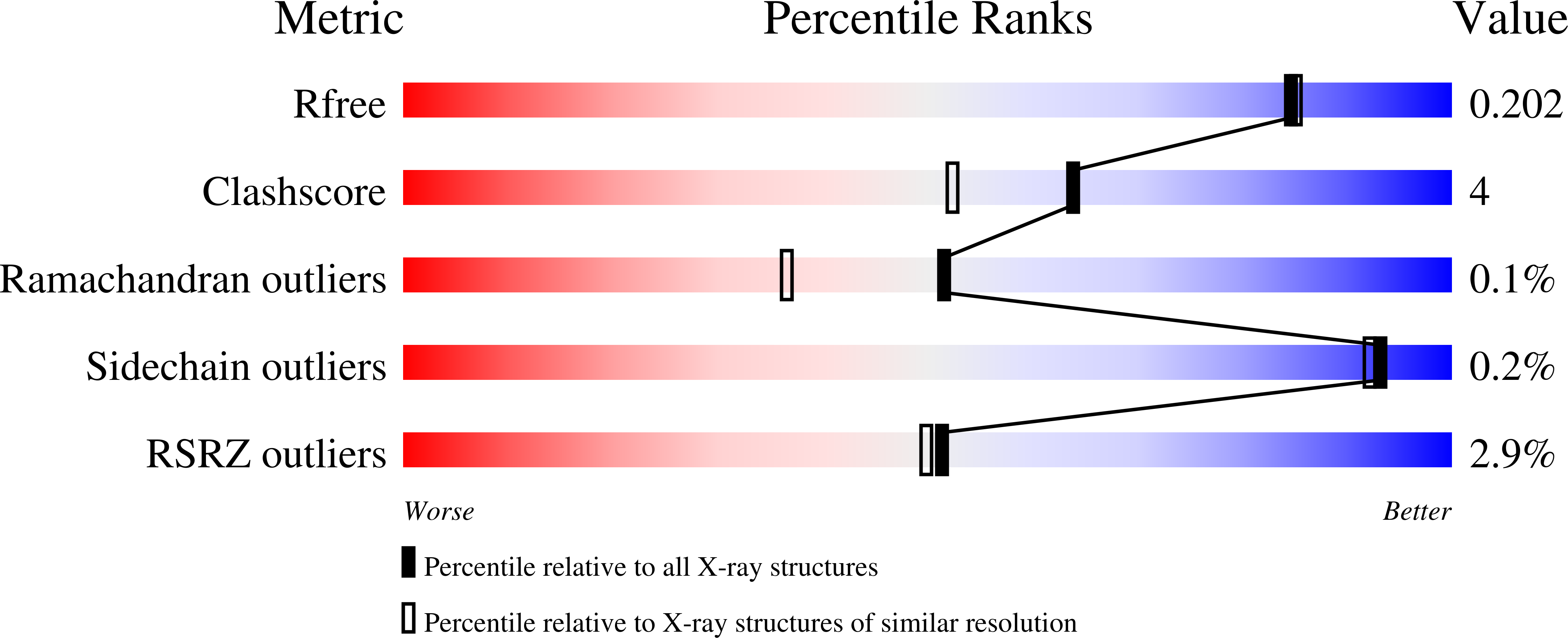
Deposition Date
2006-05-31
Release Date
2006-08-29
Last Version Date
2024-10-16
Entry Detail
PDB ID:
2H6G
Keywords:
Title:
W102T Protein Farnesyltransferase Mutant Complexed with a Geranylgeranylated DDPTASACVLS Peptide Product at 1.85A Resolution
Biological Source:
Source Organism:
Homo sapiens (Taxon ID: 9606)
Host Organism:
Method Details:
Experimental Method:
Resolution:
1.85 Å
R-Value Free:
0.20
R-Value Work:
0.18
R-Value Observed:
0.18
Space Group:
P 61


